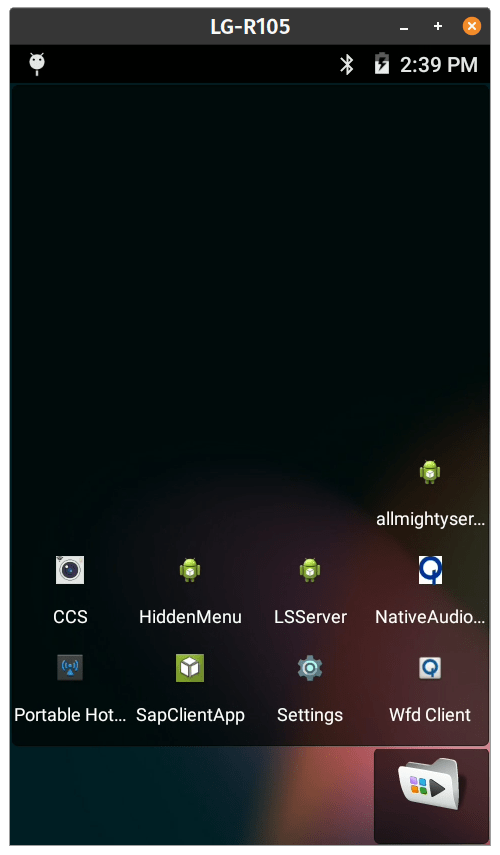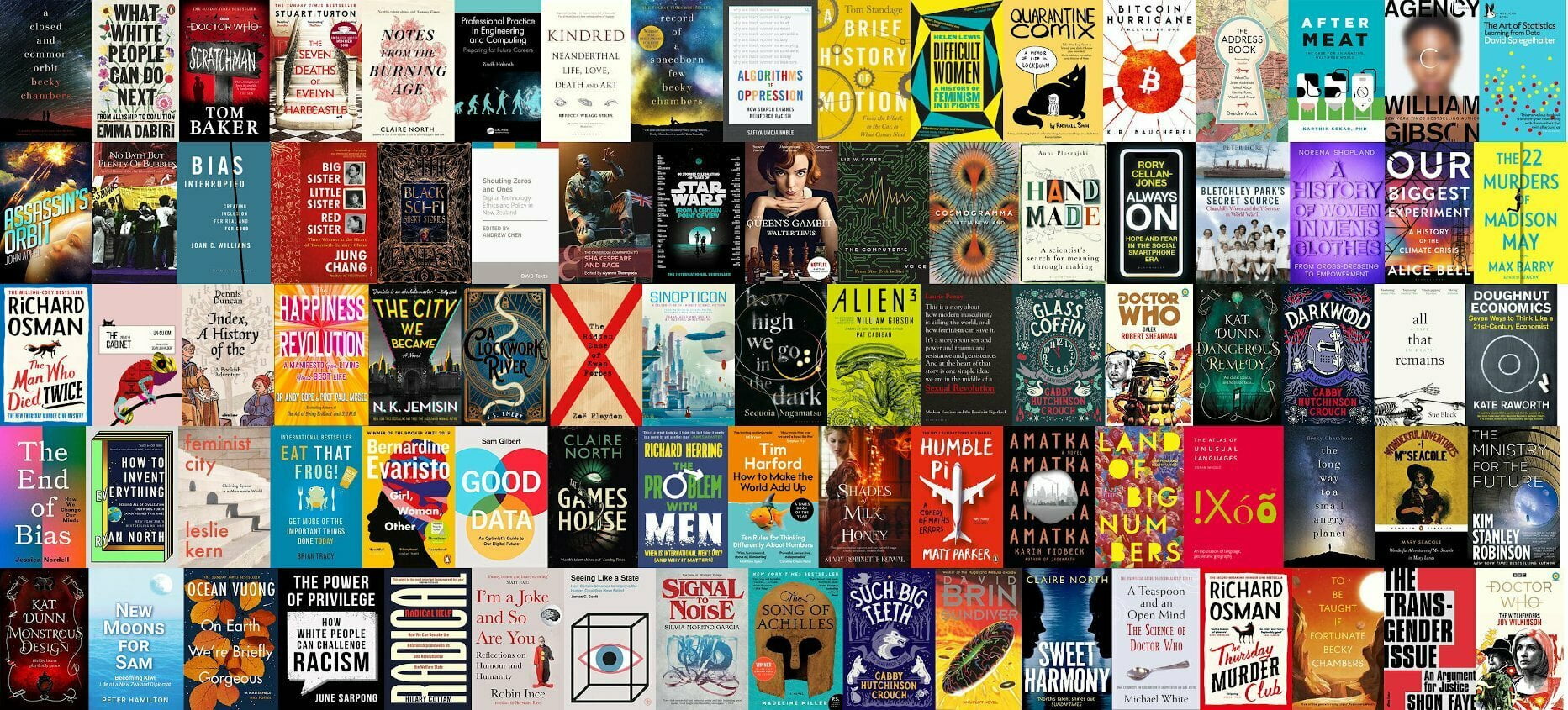
The Mozilla VPN service is great, but it doesn't work using the CLI if you have a "headless" server. After a bit of faffing about, I got it working. I suffered so you don't have to. Get an account Sign up and use code MOZILLA20 for a cheeky 20% discount! Get a token in the browser To start with, you'll need to get an authentication token. This requires you to be on a machine which can run a modern browser like Firefox or Chrome. On a computer with a GUI, download MozWire. This is an…
Continue reading →
I always find it depressing when I reach the limits of my abilities. I have a new Thermal Imaging camera. It automatically saves photos in two formats. The first is a standard JPEG with false colours and metadata superimposed. The second is a .irg file which can only be opened by the Windows-only software which comes with the camera. Judging from what that software shows, the .irg contains a raw thermal image and separate metadata. That makes it more useful for analysis. What I know…
Continue reading →
If you have a large collection of eBooks, you probably use Calibre - it's simply the best bit of cross-platform software for managing your library. It runs rock-solid on Linux. But a recent upgrade gave me a problem. I started the app and the windows were missing their borders and my mouse cursor was too small. Not show-stopping problems, but mildly annoying. After a bit of faffing around, I discovered the cause and how to fix it. I was running the Flatpak version of Calibre. Normally I…
Continue reading →
I'm a huge fan of the US Braille Institute's Atkinson Hyperlegible font. This blog is typeset in it, and I think it looks gorgeous. It's also specifically designed to be readable to people with visual impairments: Atkinson Hyperlegible differentiates common misinterpreted letters and numbers using various design techniques: There's only one problem, the font was released a few years ago and hasn't been updated since. It covers most of the basic European letters, numbers, accents, and…
Continue reading →
Yesterday, I revealed my disappointment in being unable to print a bookcase. Today I revel in my cleverness at coming up with a solution! I decided to create a photo-mosaic of a nice photo of me and my wife - using all our book covers. The Result Close Up The image was printed on high-quality canvas - which gives it a pleasing texture and isn't too glossy. Zoomed in, this is what it looks like: As you can see, there is a fair amount of detail on the canvas. Enough so that most titles and …
Continue reading →
I'm using an old Android phone as a webcam. The camera lens is great, the DroidCam software is nifty, but the Android OS behind it is old and dying. My phone often needs rebooting. Which means that the app also needs restarting. The phone's screen faces away from me, so I can't interact with it. This is a quick guide (mostly notes to myself) about rebooting and starting an app from the command line. To find the package name, run adb shell pm list packages -f | grep -i PackageName In my…
Continue reading →
I've moved to s a standing desk. So now, obviously, I need something useful to do with my feet! It's time for a USB powered set of foot pedals! They're between £20 - £40 depending on what the algorithm think you'll pay. The USB cable is about 2 metres long - which is just about adequate for me. The switches have little tactile nubs on them and are well sprung. These aren't Cherry MX quality switches - but they feel decent. There's a bit of a clack as they spring back up again. The OEM is P…
Continue reading →
I love ergonomic layout keyboards. I've been lusting after the Ergodox models since they were originally on Kickstarter. So when a pal was selling theirs cheap, I leapt at the chance to play with one. I've tried to love it - I really have - but it makes too many compromises, in my opinion. Make no mistake, it is a technological marvel. A brilliant open source project, with excellent support, and a great community. As a keyboard, it offers an excellent physical typing experience. But it is…
Continue reading →
Four years ago, I reviewed the LG-R105 360 Camera. It's a pretty nifty bit of hardware. Sadly, LG have decided that they don't want to support it any more. They already got your money, so fuck you for expecting any further updates. Here's their message: We express a sincere gratitude for your patronage to LG 360 CAM Manager Service. Due to changes in our operation policies, LG 360 CAM Manager Service via mobile applications will be terminated as of June 20, 2020. Well, that's a load of…
Continue reading →
(Mostly notes to myself.) If you have a lot of images in a directory, and want to quickly make an image montage, here's how to do it on Linux using ImageMagick. First up, this command finds all JPG file, then resizes them so they fit in a maximum box of 256x256, then sets the quality to 75%, then saves them as JPGs: find ./ -type f -iname "*.jpg" -exec mogrify -verbose -format jpg -layers Dispose -resize 256\>x256\> -quality 75% {} + This will overwrite your existing files so make sure you…
Continue reading →
(Written mostly for myself) Install DroidCam I use DroidCam - which converts your Android into a wired or wireless webcam. Set the resolution nano /etc/modprobe.d/droidcam.conf Add the following text: options v4l2loopback_dc width=1280 height=720 Most video call services are limited to 720p, and streaming 1080p and higher via USB isn't always possible. Interact with the Android My Android's screen faces away from me - so I can't easily touch or interact with it. Here are two useful…
Continue reading →
How do you quickly insert a 💩 emoji when using your laptop? I just type ScrLck, p, o, o! What is this 🧙♀️ craft? In your keyboard settings, you should see an option like this: You can set the "Compose" key to be anything you like. Personally, I use the otherwise-useless Scroll Lock button. Now, once you press ScrLck you'll see this symbol . The next few letters you type will be "absorbed" by that symbol and combined to make something new. What's available You can see the default symbol…
Continue reading →











